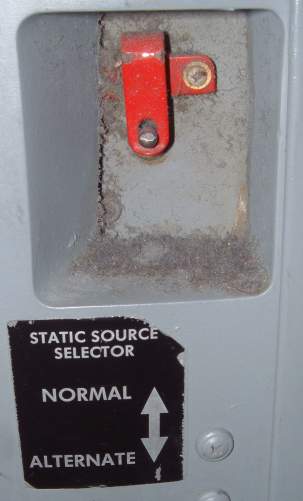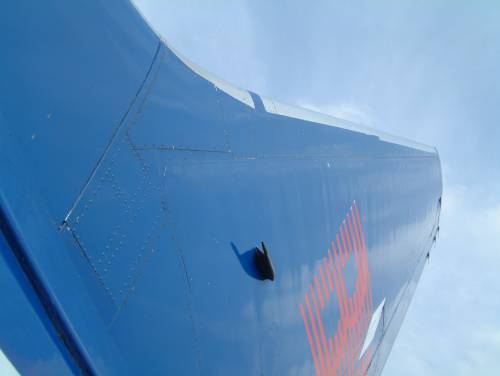Probes
The photo below shows how close the airbridge comes to the port instrument probes on the 1-500s. Care should be taken to park exactly in accordance with stand guidance as there is only a few inches of clearance. One of the improvements to the NG series was to move these probes further forward away from the jetty risk area. I would recommend that you inspect the probes for damage if the jetty driver had any difficulty manoeuvring onto your aircraft. Some airlines now paint a box around this “RVSM Critical Area” (Ref SRM 51-10-03) to indicate where no dents are allowable.
The MAX will be getting a third AoA source around 2022, this will be synthetically generated so will not need a third probe.
|
 Instrument Probes
Instrument Probes


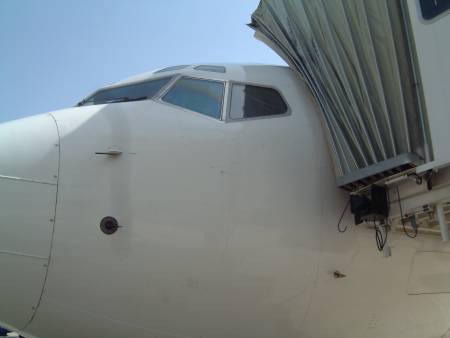
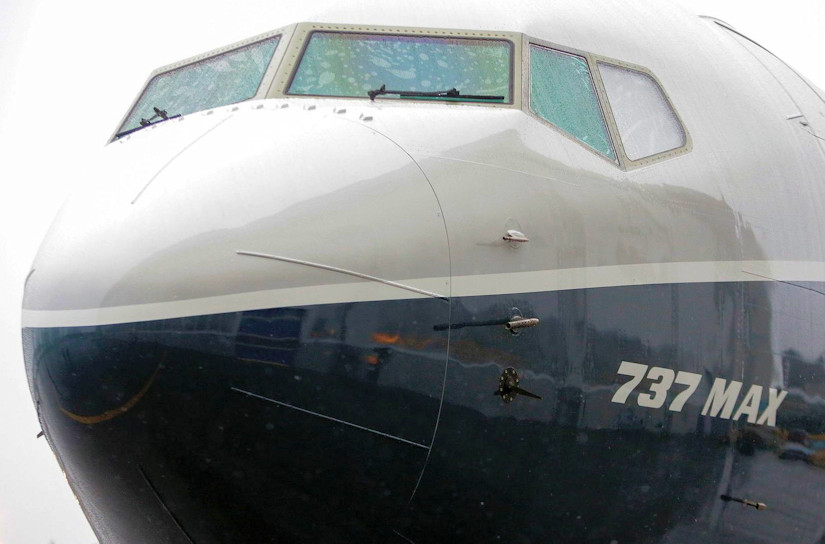
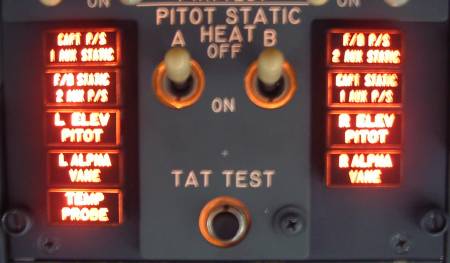
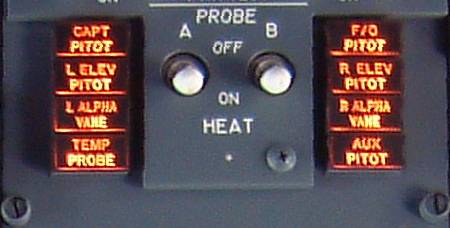
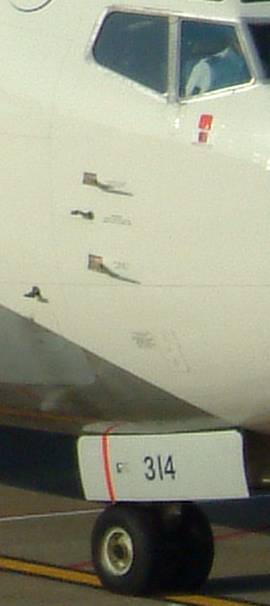 The 737-1/200 also has a second TAT probe on the RHS
The 737-1/200 also has a second TAT probe on the RHS
